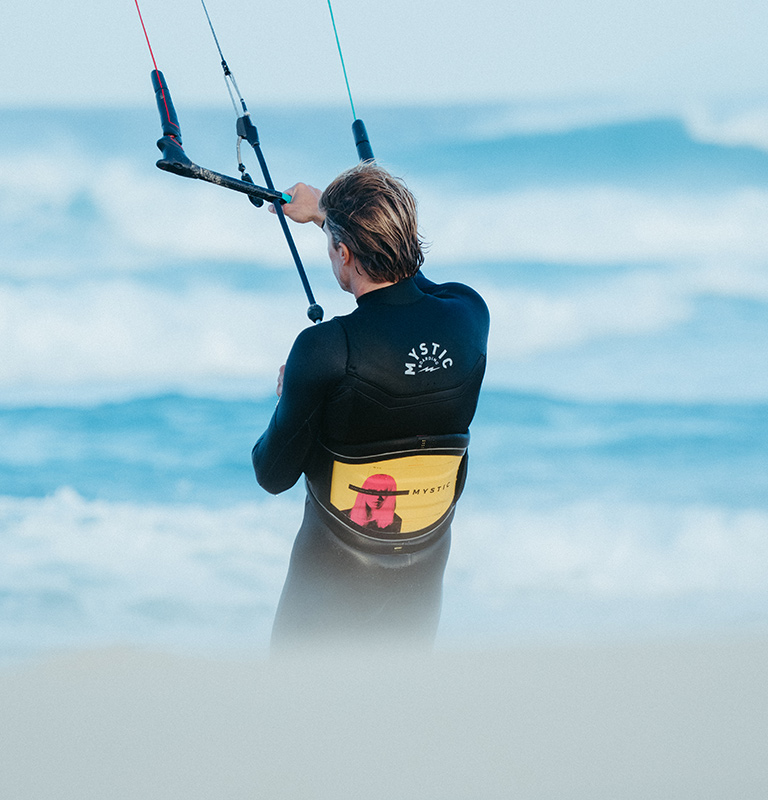Is Kitesurfing Dangerous?
Kitesurfing is an extreme sport that involves riding on a board while being propelled by a large kite. While it can be an exhilarating and rewarding activity, it is also considered to be a dangerous sport due to a number of factors.
First and foremost, kitesurfing is heavily dependent on wind conditions. This means that if the wind is too strong or gusty, it can become very difficult to control the kite, and the rider may be thrown off their board or dragged through the water. Similarly, if the wind is too weak, the rider may struggle to gain enough speed to stay on the board. As a result, kitesurfers must be very skilled at assessing weather conditions and understanding how they will affect the kite.
Another factor that makes kitesurfing dangerous is the potential for collisions with other riders, swimmers, or watercraft. Kitesurfing requires a lot of space, and riders must be aware of their surroundings at all times. Inexperienced or reckless riders may not be able to avoid collisions, which can result in serious injuries or even death.
The equipment used in kitesurfing also adds an additional element of danger. The kite itself is essentially a large parachute, and if it is not properly maintained or used, it can fail and cause serious injury. Similarly, the board used in kitesurfing is typically very hard and can cause significant damage if it collides with a person or object.
In addition to these physical risks, kitesurfing also requires a significant amount of physical fitness and endurance. Riders must be able to control the kite and board for long periods of time, and may also need to swim or walk back to shore in the event of equipment failure or other issues. As a result, kitesurfing can be very physically demanding, and riders who are not in good shape may be at a higher risk for injury.
Finally, kitesurfing is often done in remote or isolated areas, which can make it more difficult for emergency services to respond in the event of an accident. This means that riders must be prepared to handle emergencies on their own, and may need to carry safety equipment such as a rescue knife or signaling device.
In conclusion, while kitesurfing can be an exciting and rewarding sport, it is also considered to be a dangerous activity due to a number of factors. These include the reliance on wind conditions, the potential for collisions with other riders or objects, the risks associated with the equipment used, the physical demands of the sport, and the potential for emergencies in remote areas. As with any extreme sport, it is important for riders to take the necessary precautions and ensure that they have the skills and experience to safely participate in kitesurfing.





